| marc7 travels |
|
The start of the Philippines as a nation started when one voyager unintentionally landed his fleet in the one of the islands in Samar. The series of “island hops” eventually led to the conversion of locals to Christianity which gave birth to one of the grandest Philippine celebrations - the Sinulog. This trip will walk us through how the evolution of the Philippines as a nation from its humble beginnings in Cebu City Sugbu or Sugbo was the ancient name of the Queen City of the South. It was a major trading port long before the arrival of Magellan. It is believed that its present name “Cebu” was derived from the old Cebuano word “sibo” which roughly translates to “trade”. But, it was the arrival of Magellan in 1521 that placed the city in the map of colonizers and it took decades before another expedition was able to establish a colony. This colony, established in 1565 by Miguel Lopez de Legaspi, would be called “Villa de San Miguel de Cebu”. Raja Humabon Monument Let’s start our history walk by honoring Raja Humabon - the first Filipino leader who embraced Christianity. His warm reception of Magellan’s fleet led to his baptism, together with his wife and 800 locals. This marked the start of colonization of the Philippines through religion. He was given the Christian name Carlos while his wife was named Juana. As a symbol of their conversion, an image of the Child Jesus was presented to them as a gift and this marked the start of the Sinulog story of the Cebuanos. A small park tucked between the road fork of P. Burgos Street in Cebu’s downtown honors this Cebuano leader. A monument depicting the strong leader and a NHI historical marker is its main draw. A smaller pylon monument honoring the leader stands at one end of the park. As mentioned, two of Cebu’s icons served as the pact of friendship between Humabon and Magellan - the Sto. Nino de Cebu and the Magellan’s Cross. Minor Basilica of the Holy Child of Cebu At the heart of the Cebuano’s Catholic faith is the Holy Child of Cebu. The whole province dances in celebration every 3rd Sunday to celebrate their faith to the Senor Santo Nino. The image was a gift to the wife of Raja Humabon, baptized as Juana, as a symbol of their conversion to Christianity. It has become an iconic symbol of the city. The Senor Santo Nino is housed in the Minor Basilica of the Holy Child of Cebu. It is located two blocks away from the Raja Humabon Monument (not the church adjacent to it) and is one of the three original churches in the downtown or parian area. The present stone church was completed in 1740 and was built on the spot where the image of the Sto. Nino was found after colonizers, headed by Legazpi, burned down the village. The church is nearly 500 years old and it is the center of the celebration every 3rd Sunday of January. The church and convent stand majestically with its simple facade made from coral stones. An image of the Santo Nino was carved atop its arched doors. Its belfry stands adjacent to the church. An iron-cast bell with the inscription “Santo Nino del Zebu” is on display at the base of the belfry. The basilica’s gold altar is one of the grandest that I have ever seen. The four-tier retablo looked magnificent with the saints lined up on the upper tiers. The image of the Santo Nino and the Crucified Christ stands as its centerpiece. A smaller altar adjacent to the main altar bears the original image of the Senor Santo Nino. Pilgrims and visitors can get an upclose look at the image. Most pilgrims pray their petitions to the image. Interestingly, devotees of the Santo Nino wave at the image, like a child waving, as a form of respect to the revered image. The church complex houses the convent, a pilgrimage center, a museum, and a library. It is one of the most visited church in the province for its history and for its faith expression. The Senor Santo Nino is symbolic in both history and religion as it signaled the start of the country’s nation building and the spread of the Christian faith in the Philippines. Magellan’s Cross Just a stone-throw away from the Minor Basilica is another symbol of faith and colonization - Magellan’s Cross. The story of Magellan’s voyage more than 500 years ago is a common story in our history classes. The wooden cross was planted by Magellan along the shores of Cebu during the mass where Raja Humabon was converted to Christianity. The cross is a symbol of Christianity’s beginnings in the Philippines. Magellan’s Cross is housed in a small chapel just a few steps from one of the gates of the Minor Basilica of the Holy Child of Cebu. The location is the exact area where Magellan planted the wooden cross. The Tindalo wooden cross that we see today encloses the original cross. The paintings on the ceilings of the small chapel outlines the story of what happened during that fateful day. Devotees and tourists flock to this tourist attraction that has become one of the icons of this city. Fort San Pedro and Plaza Independencia The arrival of Magellan was the first recorded contact of “Filipinos” with colonizers from the west. However, it was 4 decades after Magellan’s death that the Spanish colonizers was able to establish a colony in the Philippines. It was Miguel Lopez de Legazpi established the colony and was called Villa de San Miguel de Cebu. This marked the start of the development of the oldest city in the Philippines - Cebu City. Unlike Magellan’s voyage, Legazpi and his crew were met with hostilities among the locals. This was the reason behind the construction of one of the oldest forts in the country, Fort San Pedro. This small triangular fort was intended to protect the colonizers from night-time attacks coming from the sea. This is the reason why two sides of the fort face the sea while one side faces land. We don’t get to see that beach side of the fort nowadays because of the reclamations done in the area. The fort is the smallest Spanish fortress in the country. It was built using stone mortars and has 3 bastions - La Concepcion, Ignacio de Loyola, and San Miguel. The entrance to the fort stands on the side that faces the city. The fortress was the nucleus of the first Spanish colony in the Philippines. Fort San Pedro and Plaza Independencia is now a sprawling park in the city. The fort has its own museum and a courtyard that can be used for events. Plaza Independencia is a Spanish-period public space that has been developed and also recognized for its historical value. The plaza also has a monument honoring the Spanish Navigator and the first Governor-General of the Philippines - Miguel Lopez de Legazpi. National Museum - Cebu The recently inaugurated National Museum Cebu Component makes its home in the historic structure of the Old Custom House of the Cebu Port Authority. It was under the leadership of Former President Rodrigo Duterte that the heritage structure, designed by William Parsons and constructed in 1910, got the support for its re-use to showcase Visayan history and culture. The first floor of the National Museum has three galleries. The first gallery showcases the natural resources and wonders of Cebu and the Visayas. The second gallery walks you through the early days of Cebu City, giving you a preview of its rich pre-colonial past. The third gallery features the existing culture and way of life in the region. The three galleries give you a deeper understanding of the rich history and heritage of Cebu and the Visayas. The second floor is a gallery of creativity. You get to marvel at contemporary art pieces, from 2D to 3D, by local artists in the region. The gallery opens with a huge painting of the “Battle of Mactan”. On exhibit are art works that would test your own brand of creativity. The component museum is a good start to know about the history, culture, and creativity of Cebuanos and the Visayans. The move to create this learning institution in the city, where our story as a nation began, was a good one as it brings both locals and tourists into the heart of the action. It makes us understand the stories behind the sights and sounds of the city’s attraction. POST TRAVEL NOTES Cebu is my happy place. It has a unique and homey vibe that fuses urban and provincial life in a perfect blend. It is a city that I would never get tired visiting over and over again. With the opportunity to revisit the city’s rich culture and history again, it gives me more time to discover something new and appreciate the uniqueness of the city that has long charmed its way to my heart. This is just the start. History is a good way to start understanding our present. Understanding how it started gives us a clearer picture of the whys. In the same way, we need to go back and see how we started as a nation. How it all began. Knowing the past can give us a deeper learning on how we can be better Filipinos. Next up… Cebu City’s Parian District. #MahalinNatinAngPilipinas #SamaSamangBabangonMuli ***This Cebu City blog series is a personal project that will have me getting around and re-discovering the Queen City of the South. Walking while exploring Cebu City is a great way to sweat it out just before the holiday celebrations. Talking about sweating it out… Anytime Fitness is set to open its next club right at the heart of Cebu City - Anytime Fitness Robinsons Fuente. Pre-sales is set to start on September 15, 2023! Check out their social media pages for more information and to get the best pre-sales membership offers: Getting there: Major local and international airlines have direct flights to Cebu.
3 Comments
|
Marc del Rosario
I believe in education, entrepreneurship, and caring for the environment. Archives
June 2024
|
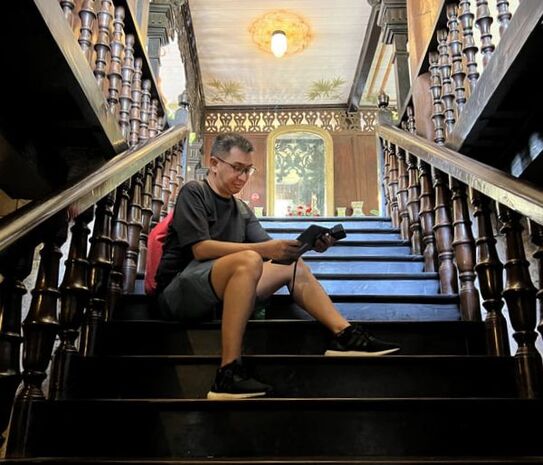
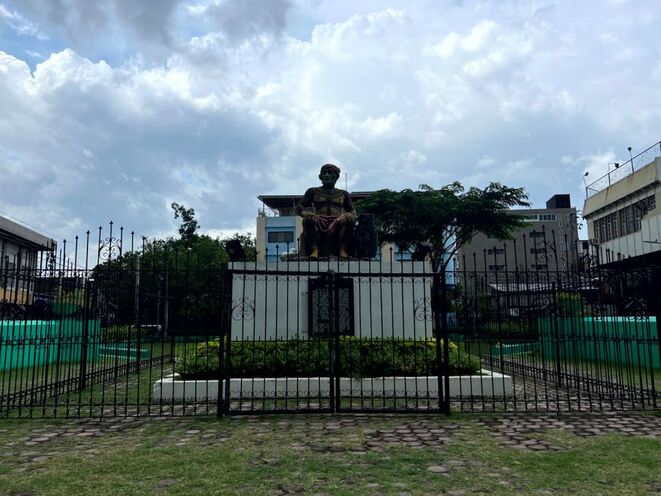
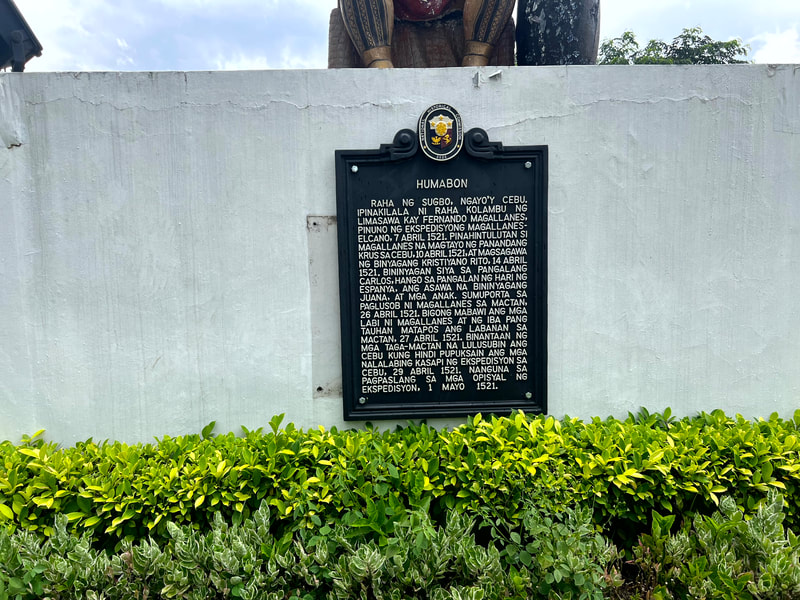
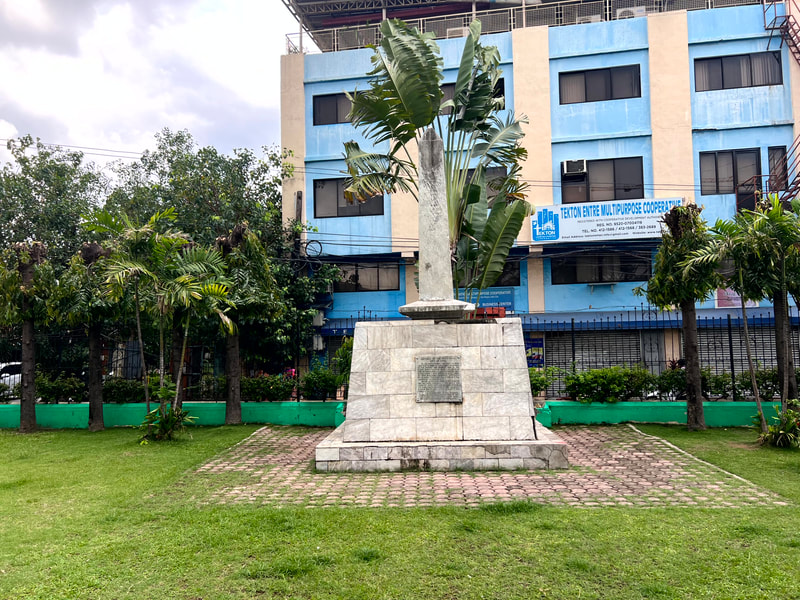
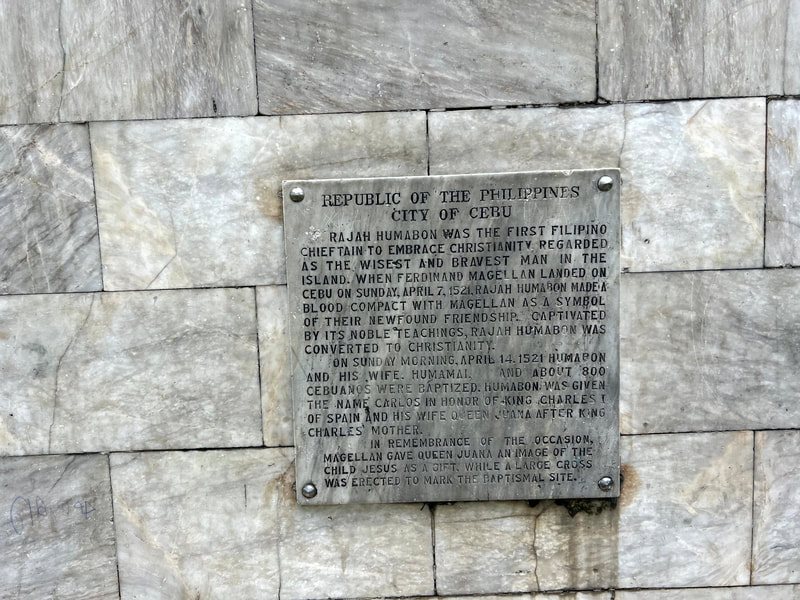
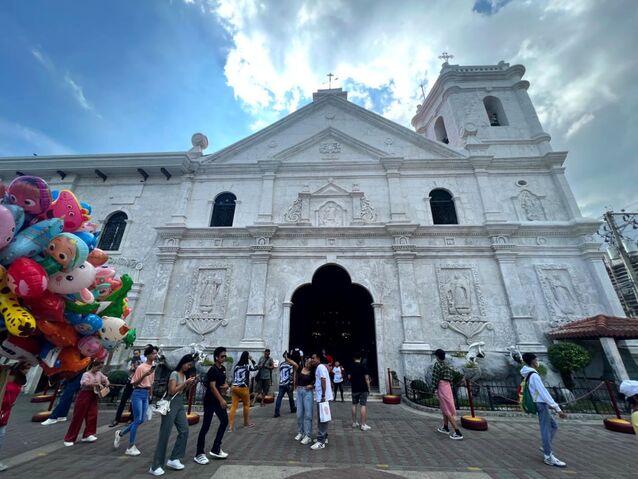
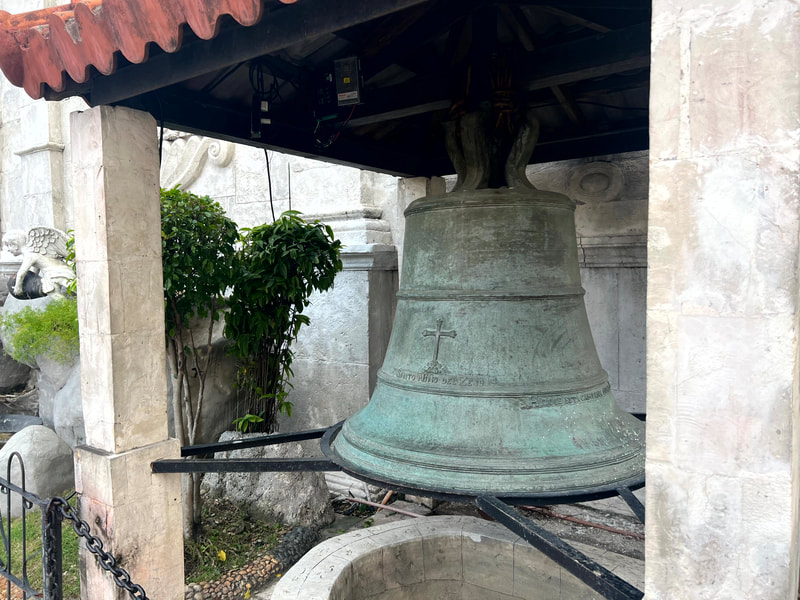
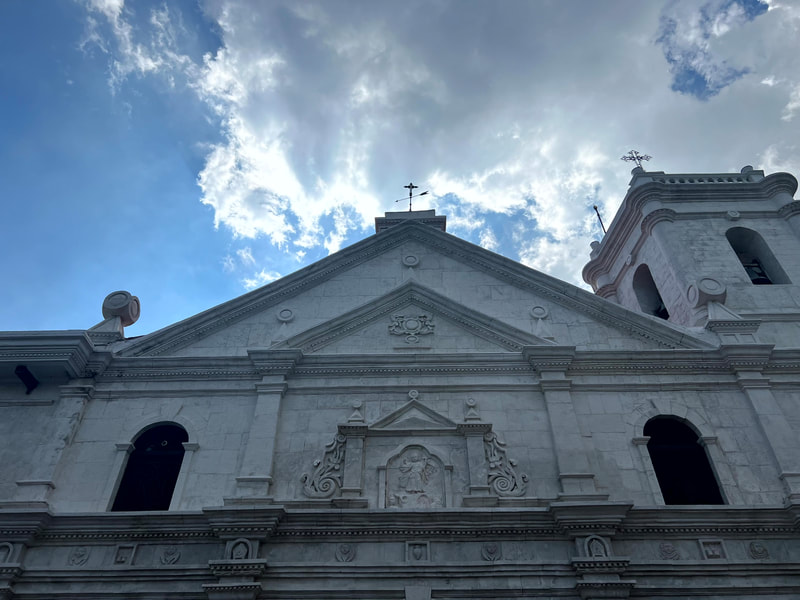
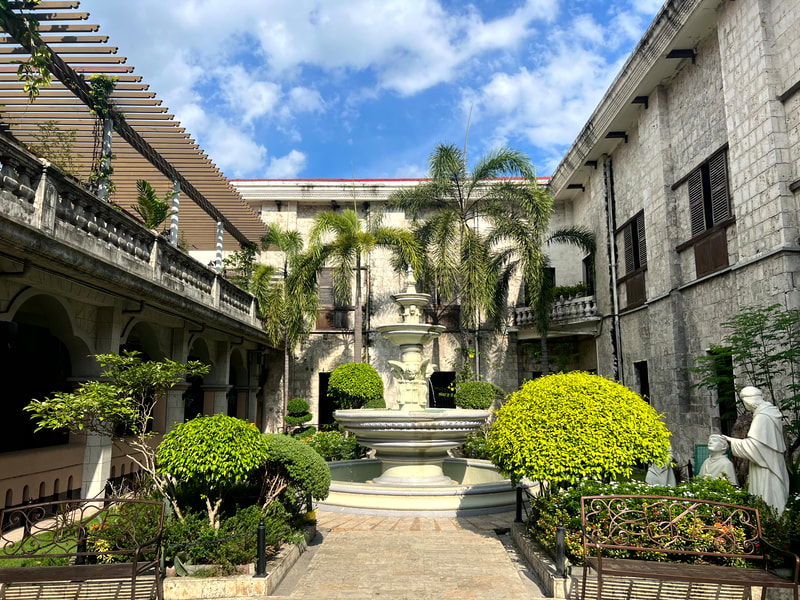
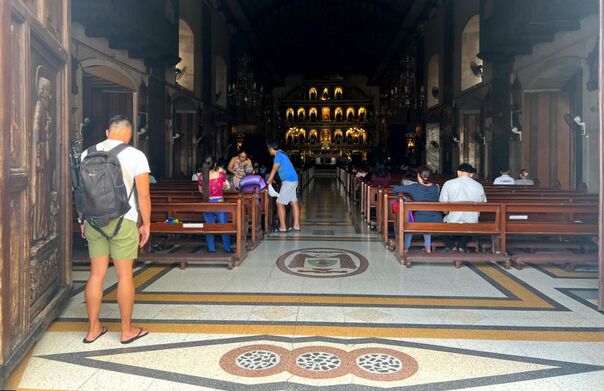
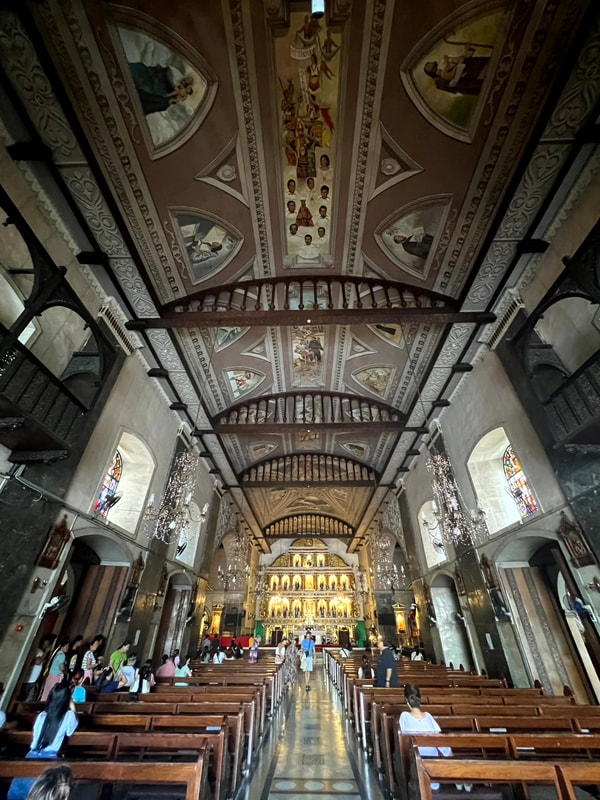
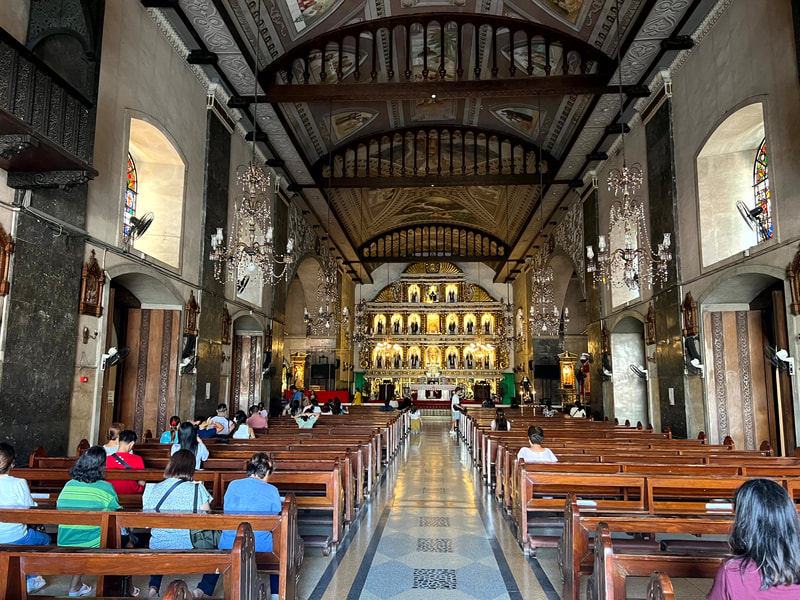
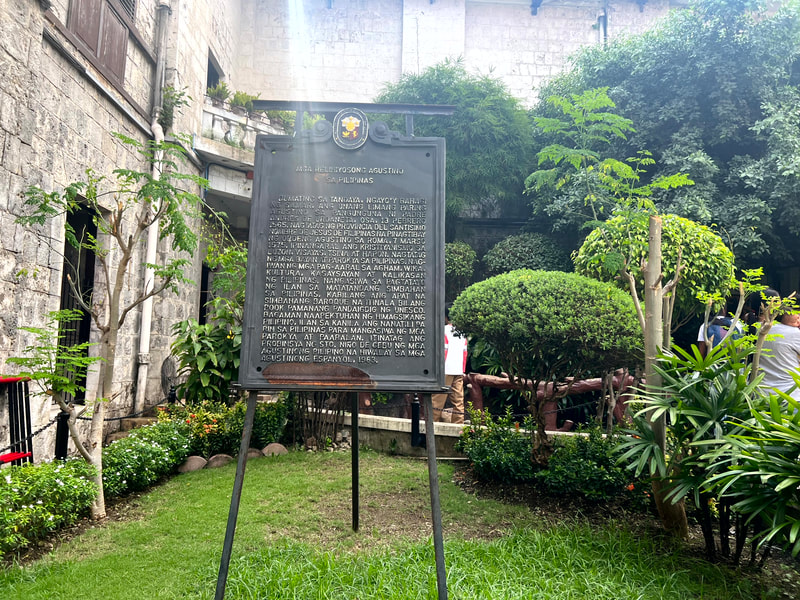

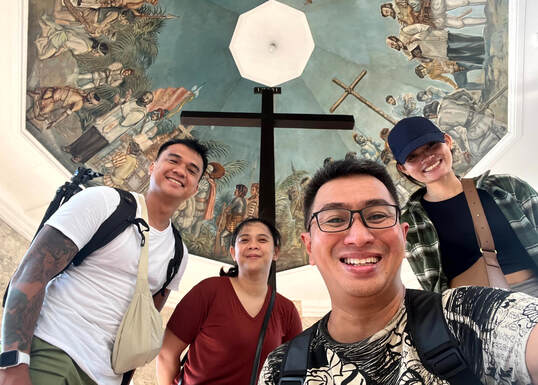

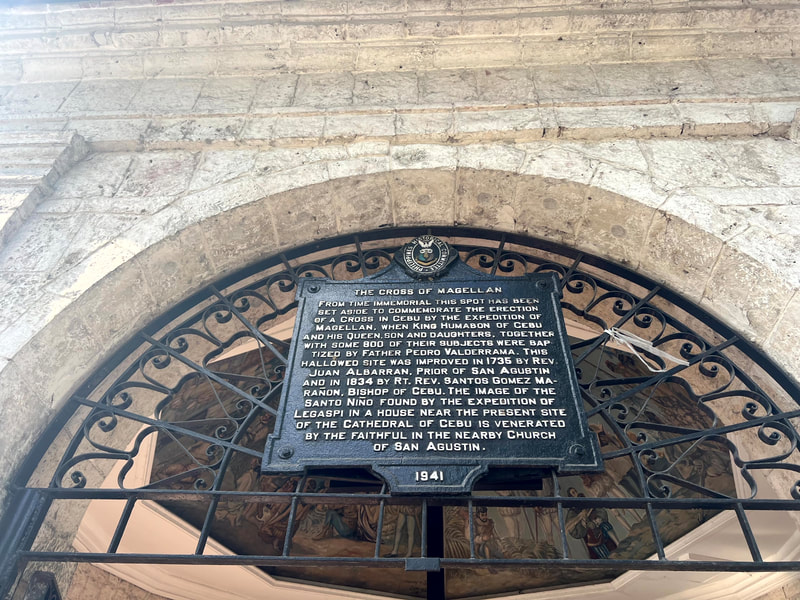
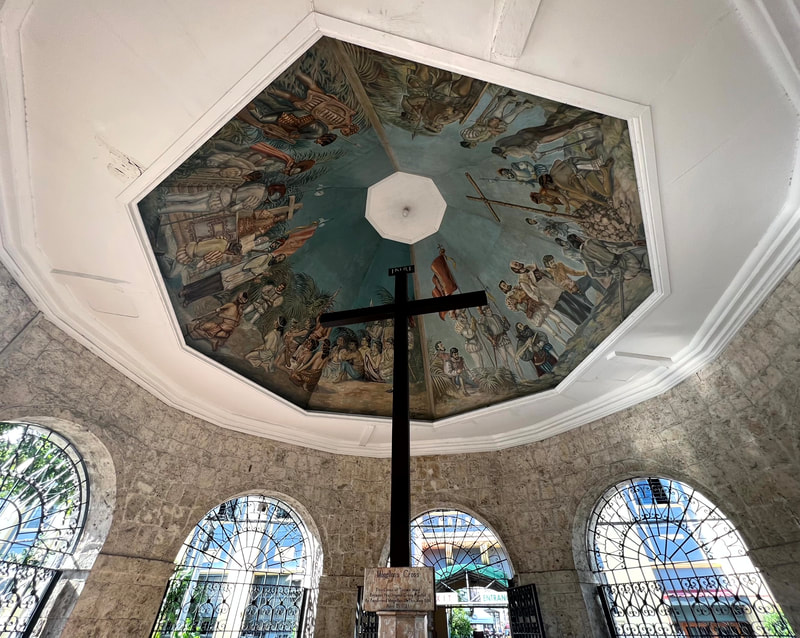

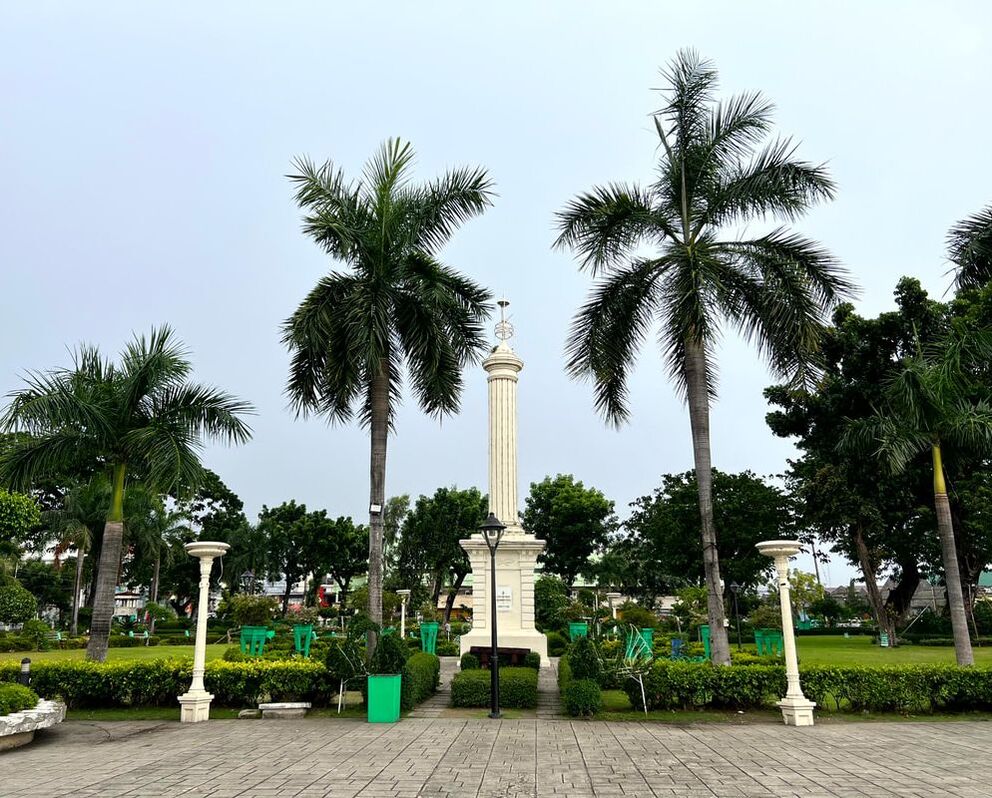
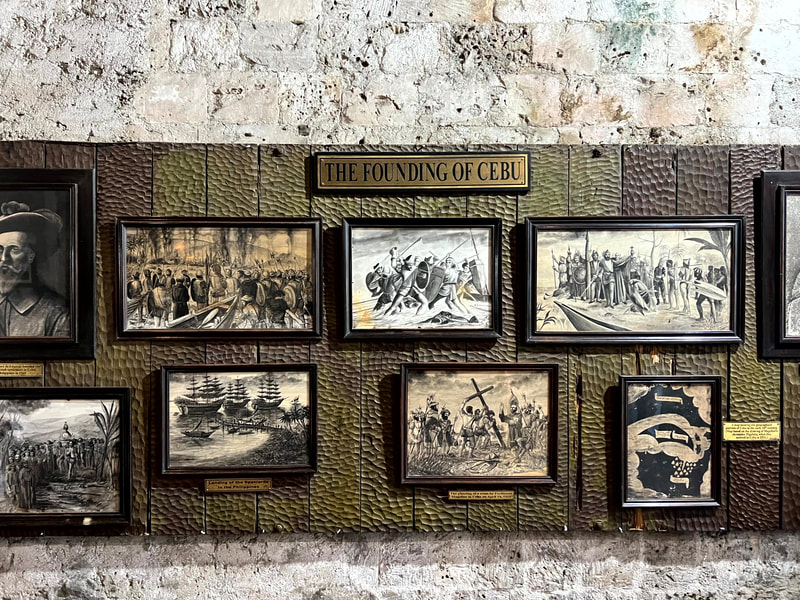
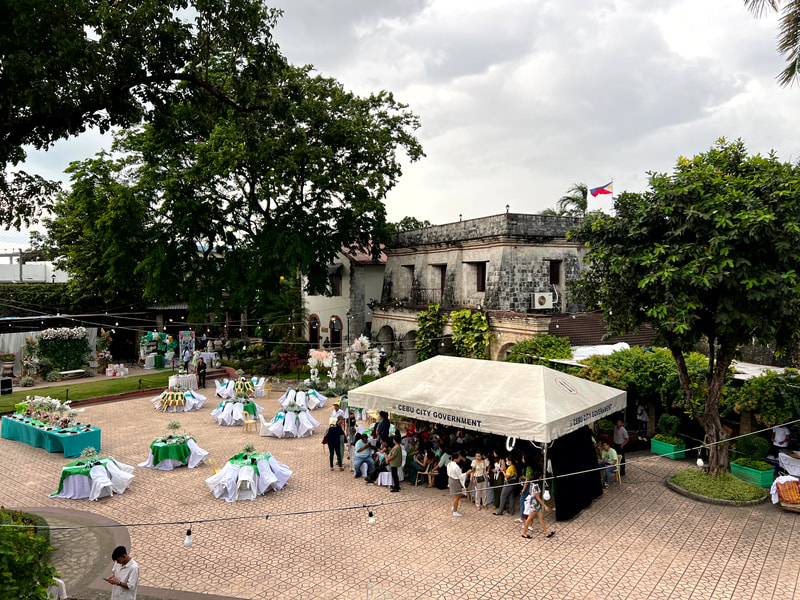
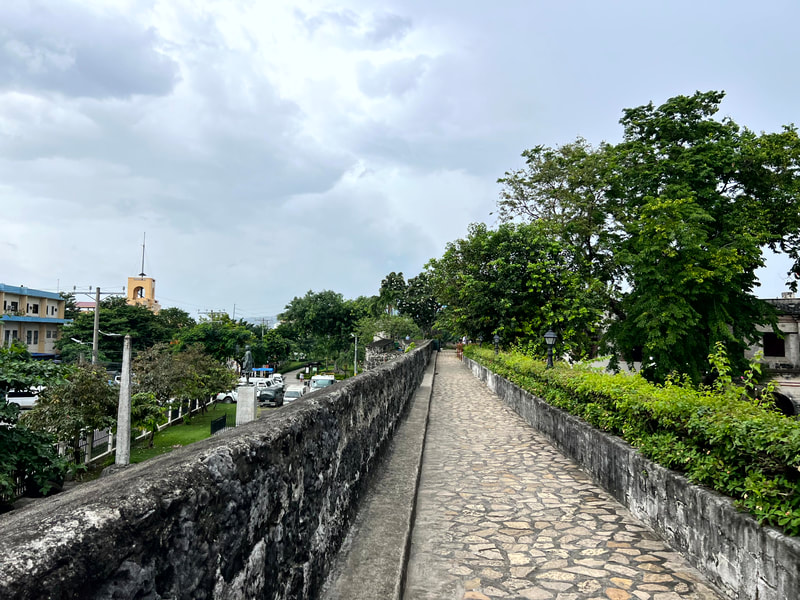
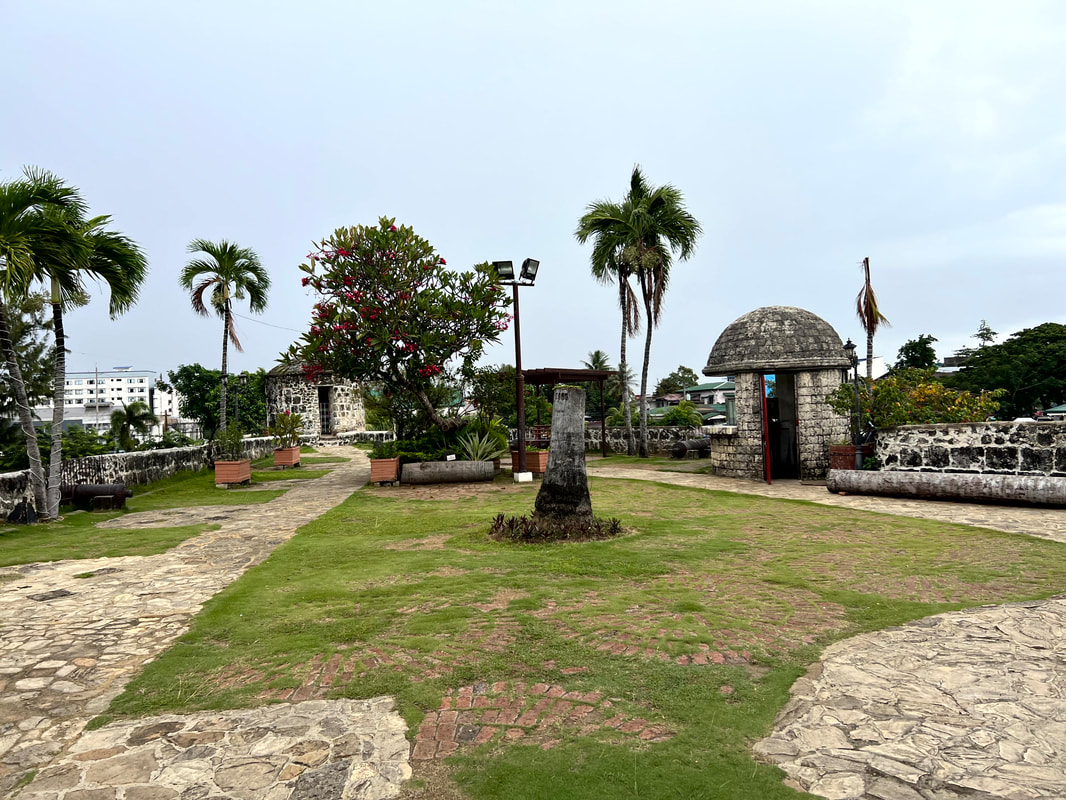
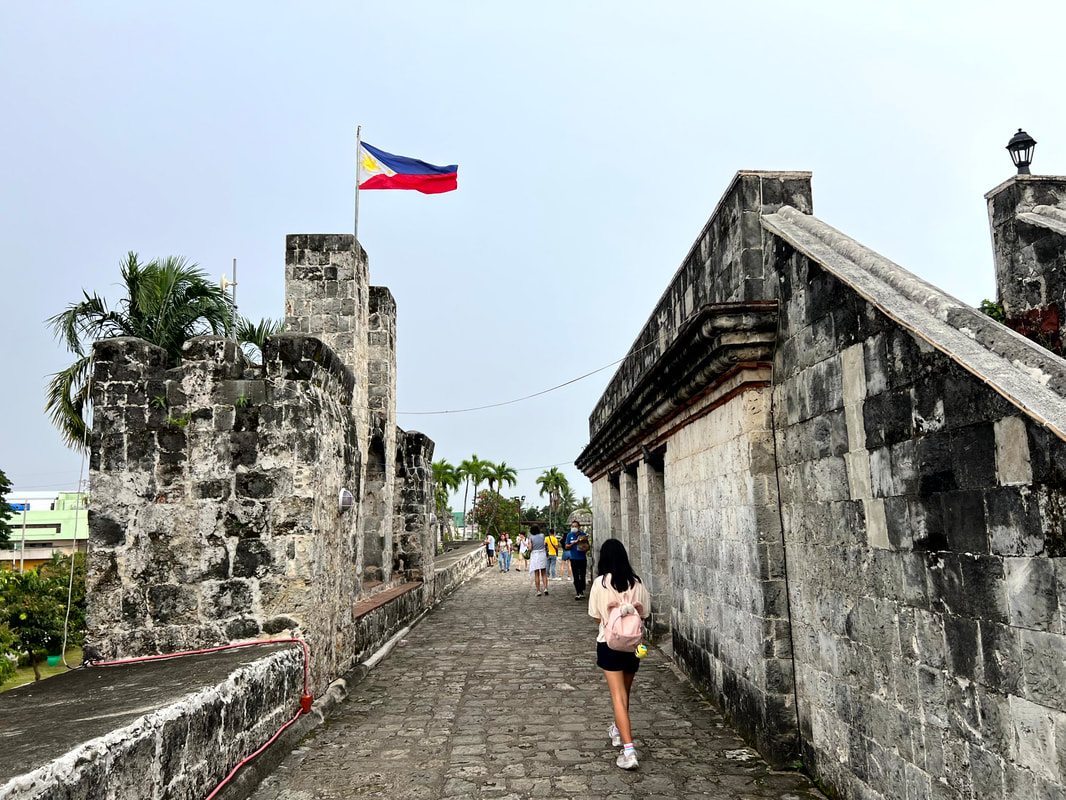
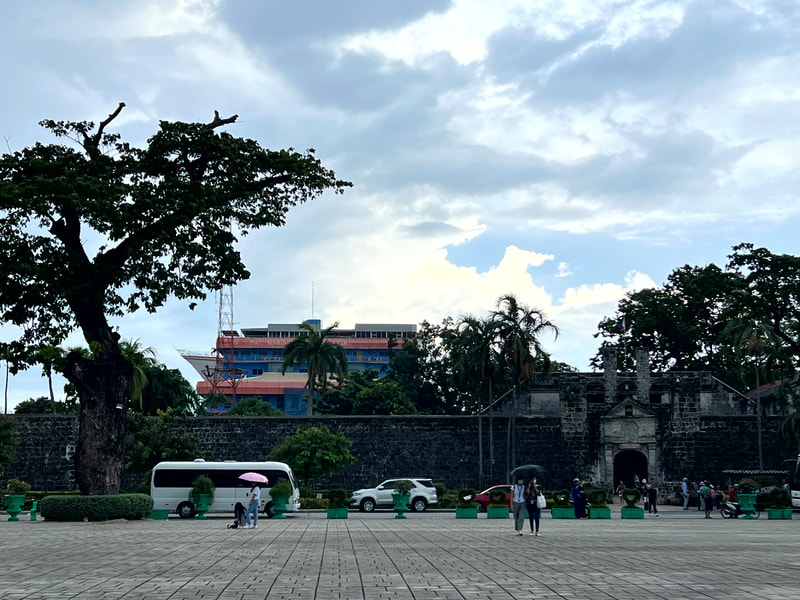
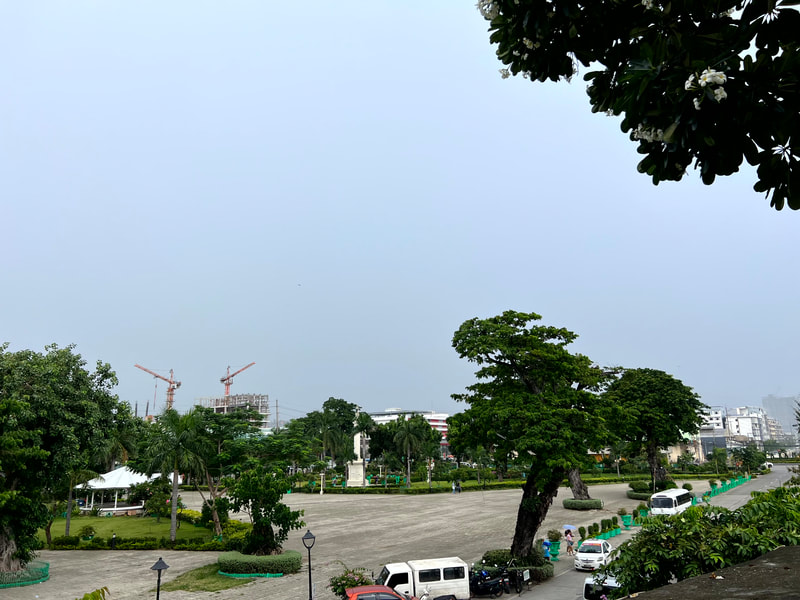
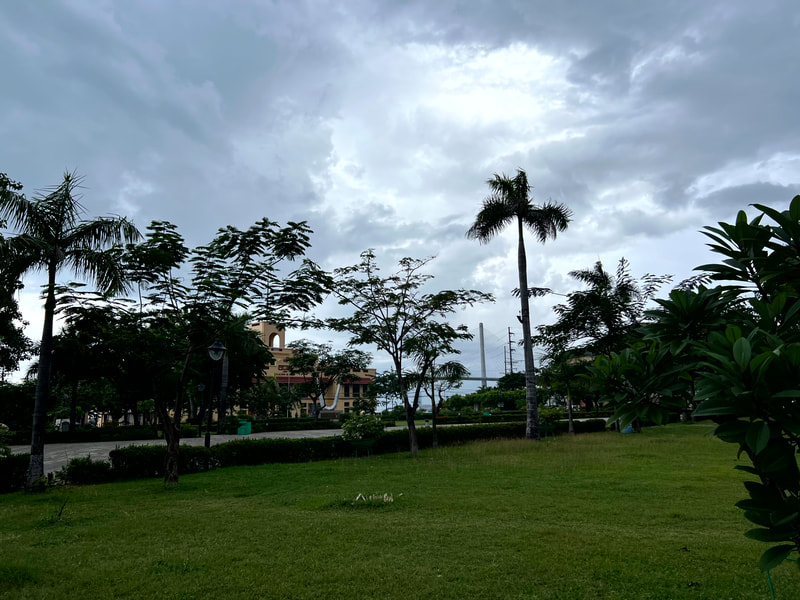
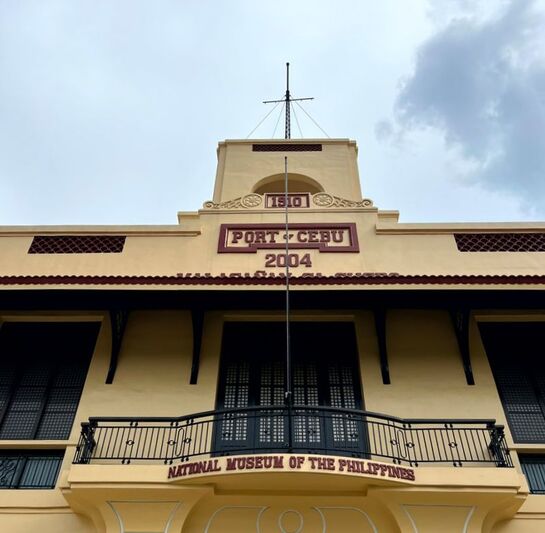
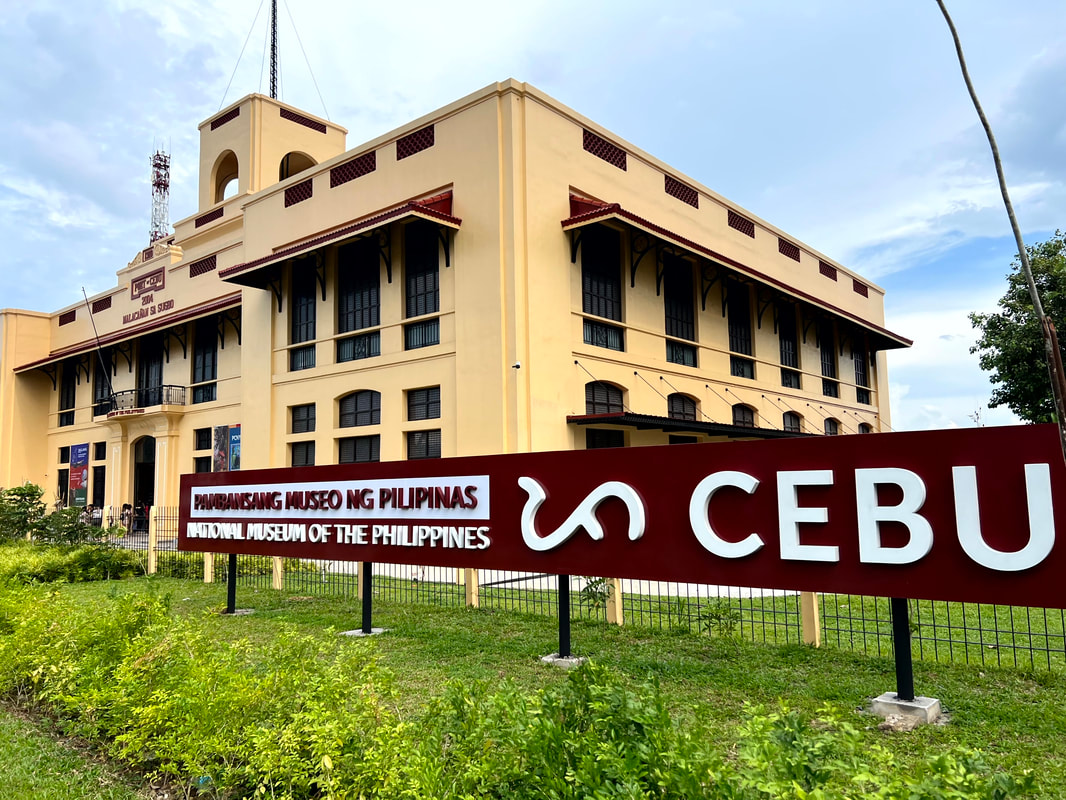
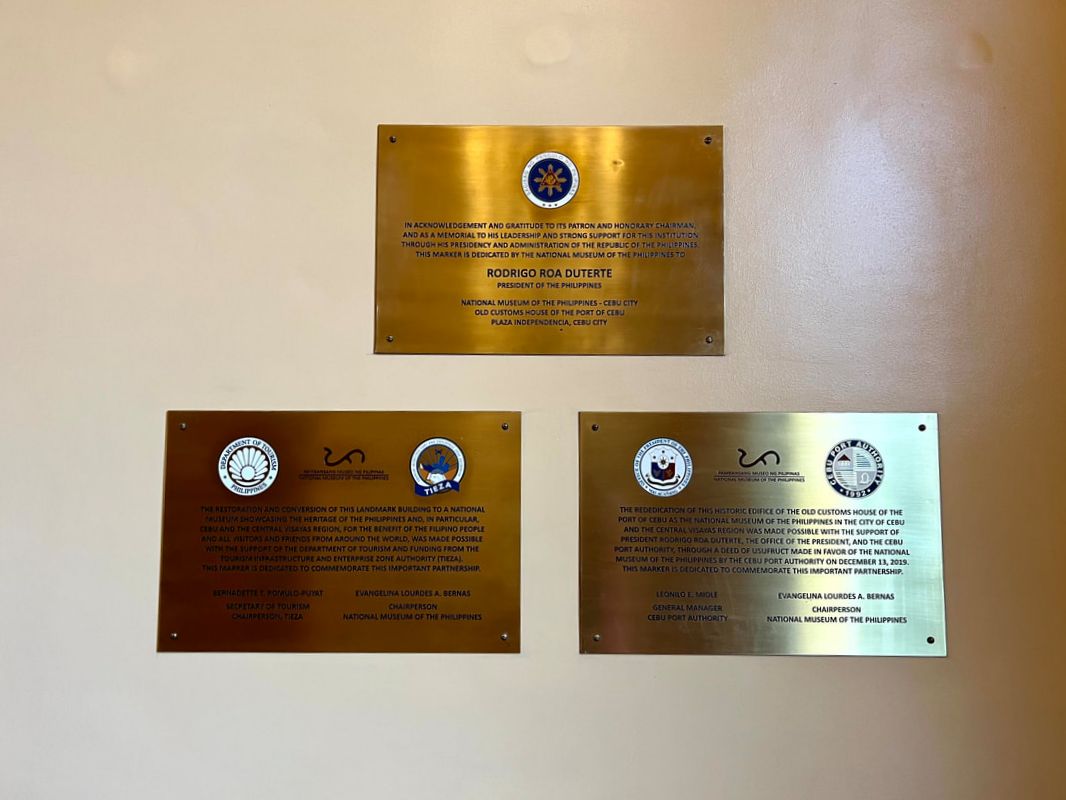


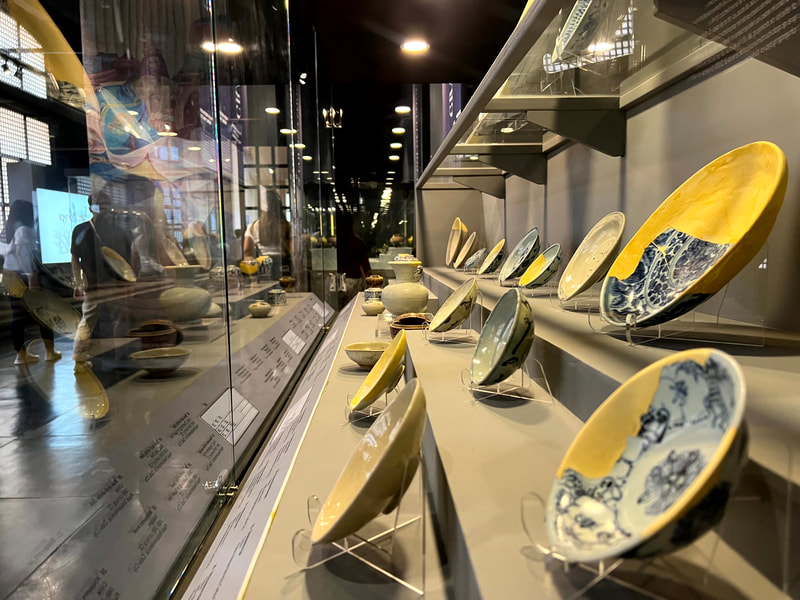
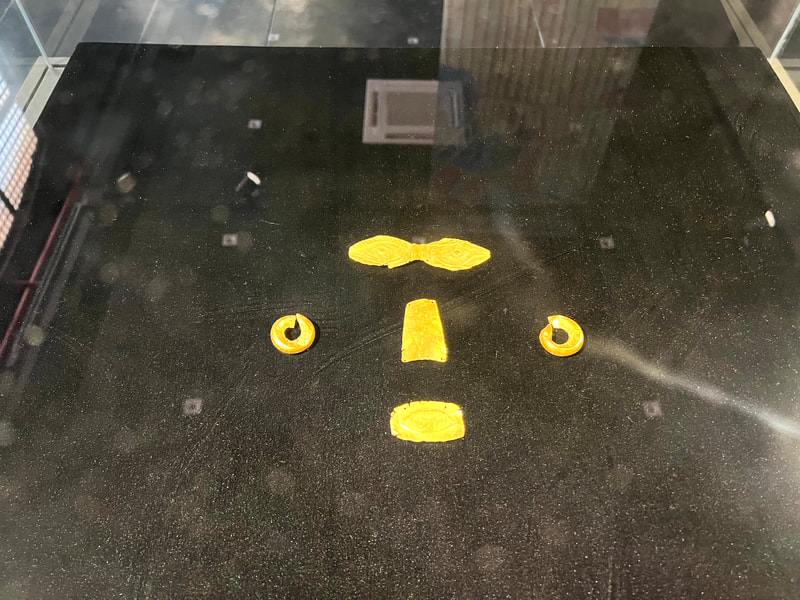
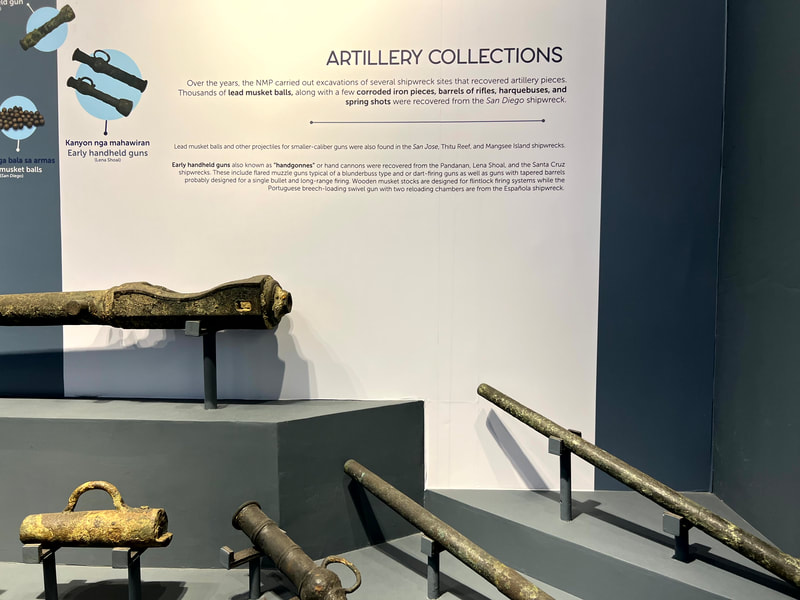
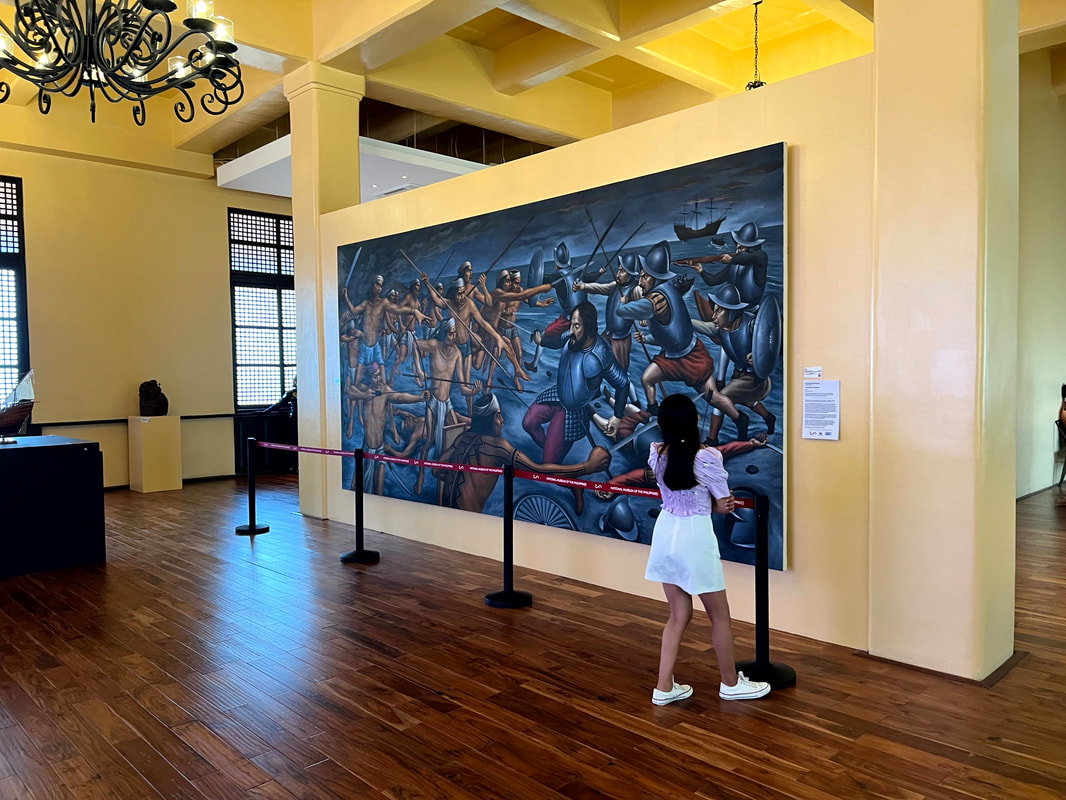

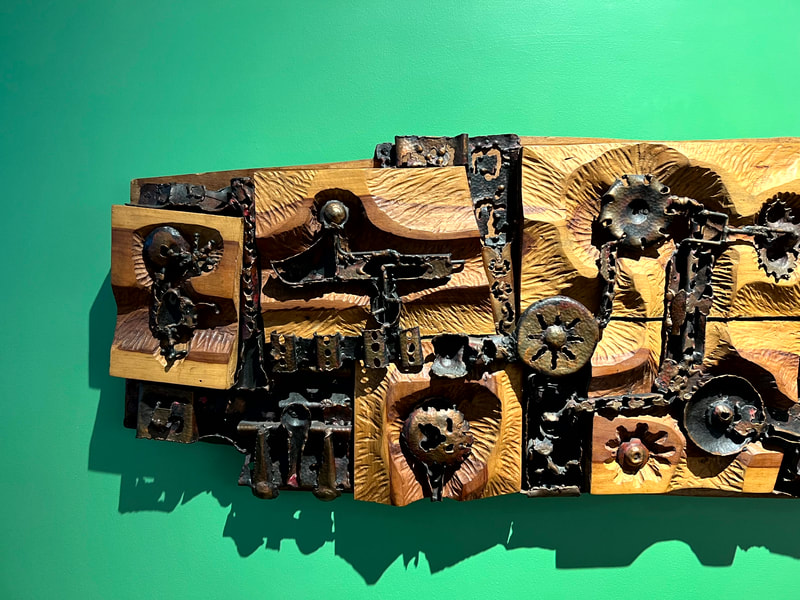
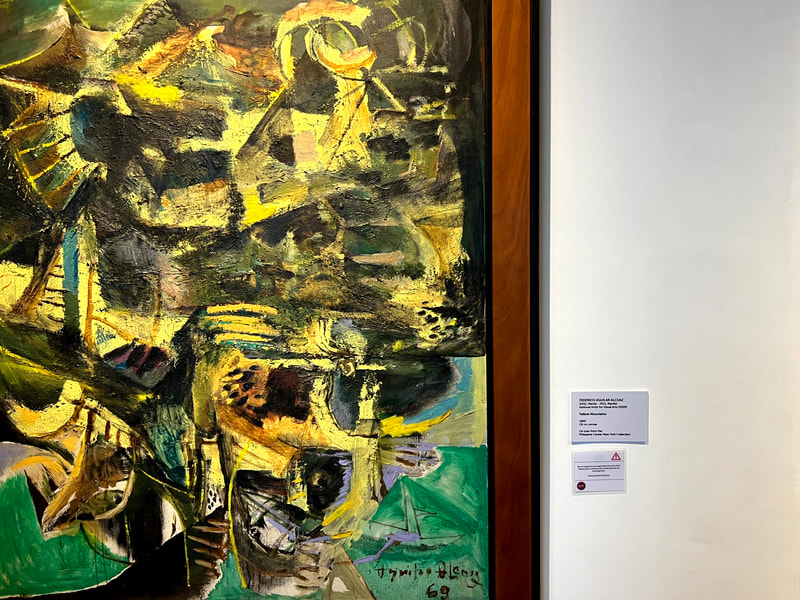
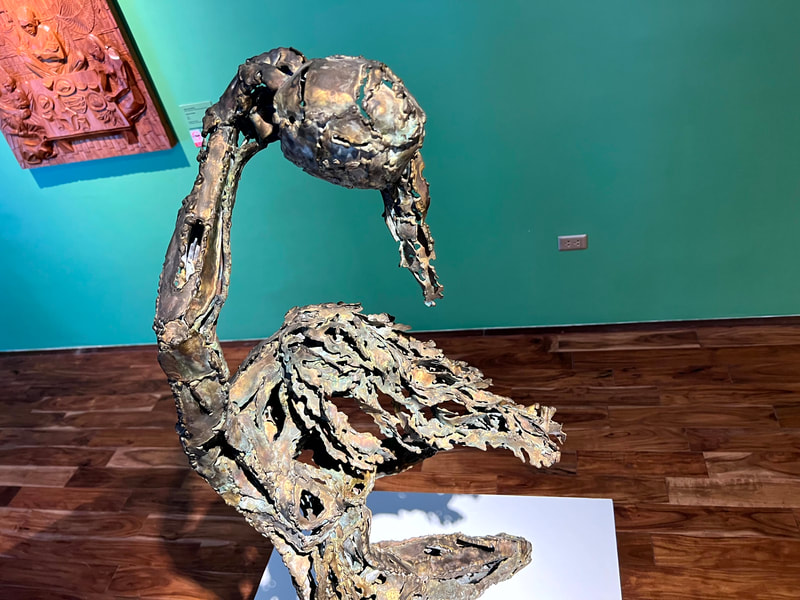
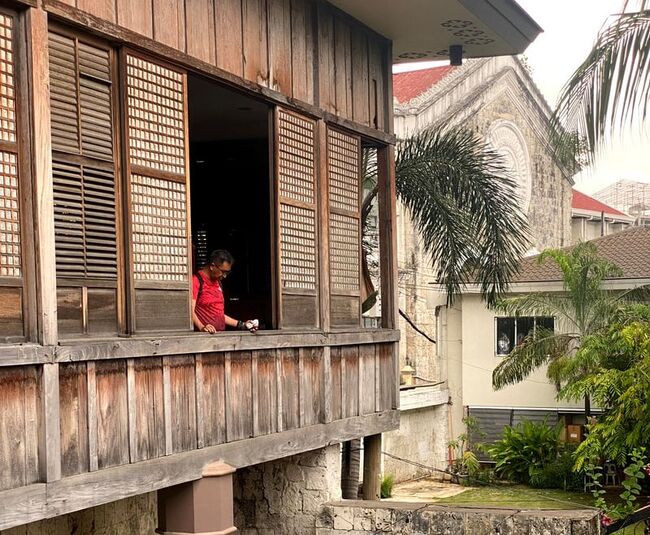




 RSS Feed
RSS Feed